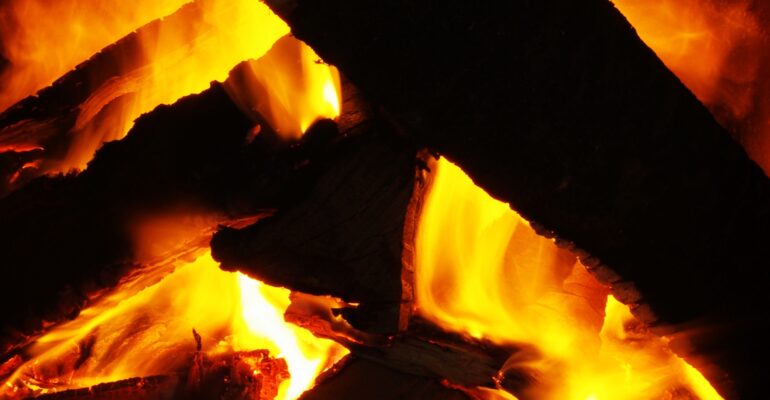Waste wood – to burn or not to burn?
By Lisa Benedetti, BirdLife Europe
Forests fuel most of Europe’s bioenergy demands. But when it comes to the use of wood as a material versus as an energy source, political and market interests can collide. This is happening in Austria, where a new law is increasing the recycling of waste wood, and only as a last resort, burning it to supply energy. The wood energy industry now fears they’ll need to start scrambling for wood supplies soon.
In early October, a law came into force in Austria which aims to ensure that waste wood is recycled and burned for energy only in “exceptional” circumstances. The country is being faithful to Europe’s quest for a circular economy because the law is very much in line with the EU Waste Framework Directive which prescribes a hierarchy of uses for waste. That is, limiting waste a priority, then comes reuse and recycling, and only burning waste to produce energy as a final option.
Wood energy proponents in Austria and Germany are not too happy about the new law. Up until now they’ve been allowed to burn large amounts of relatively clean waste wood in southern parts of both countries. This law is now redirecting much of the waste wood they used to burn for recycling instead (the most important material use of waste wood in Europe is particleboard production 1). The industry, such as biomass-fired combined heat and power plants, fear they could face shortages in supply.
It is somewhat ironic that wood energy users driven by Europe’s aims to increase renewable energy production are beginning to complain about more ambitious recycling policies because they won’t have enough things to burn. Energy and climate policies that have given great importance to increased use of renewable energy, with biomass (wood) playing a pivotal role. Policies which have encouraged growth in the wood energy sector, while policies for resource efficiency and waste reduction encourage exactly the opposite.
Curbing the ambition of resource efficiency policies in order to satisfy bioenergy demands would hardly be an environmentally beneficial outcome. It remains to be seen whether future European policies for a circular economy and bioenergy will be able to maintain this ambition in both sectors.
Photo credit: Wood stove (c) Andreas Buchberger, Flickr Creative Commons
1 Knauf, M. 2015. Waste hierarchy revisited – an evaluation of waste wood recycling in the context of EU energy policy and the European market. Forest Policy and Economics 54: 58-60.





